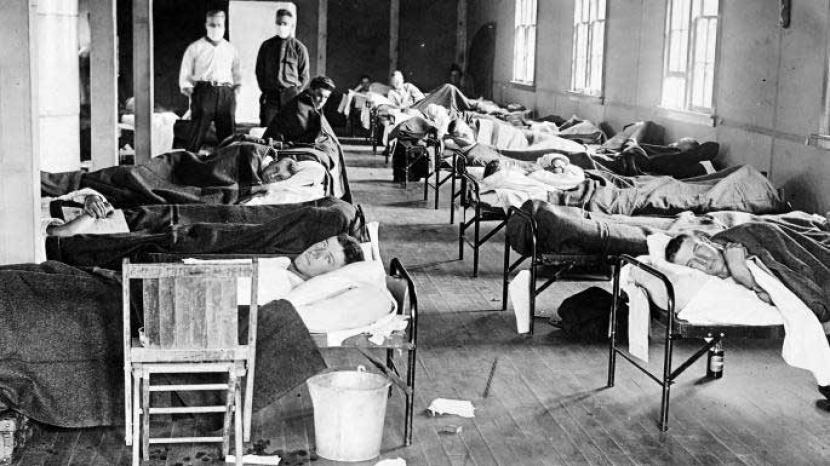The Spanish flu killed 673,000 Americans and an estimated 20-50 million people worldwide
REPUBLIKA.CO.ID, On March 4, 1918, the first case of what developed into Spanish Flu detected during World War I. United States (US) soldier Albert Gitchell checked his health condition at a hospital in Fort Riley, Kansas complaining of symptoms such as sore throat, fever and headache.
Soon after, more than 100 of his fellow soldiers reported the same symptoms. The Spanish flu then killed 673,000 Americans and an estimated 20 million to 50 million people worldwide, and proved to be a far more lethal force than World War I.
As reported by the page History, Friday (4/3/2022), the initial outbreak of the disease was reported in Fort Riley in March, followed by similar outbreaks in army camps and prisons in various parts of the country. The disease quickly spread to Europe.
American troops at that time moved to help the Allies on the French battlefield. In March 1918 alone, 84 thousand american army headed across the Atlantic; Another 118 thousand followed them the following month. Once on the second continent, the flu showed no sign of abating: 31,000 cases were reported in June in Great Britain.
The disease was eventually dubbed the Spanish flu because people mistakenly thought Spain was the epicenter of the pandemic. Flu did not show mercy to the people of the world at that time, especially the soldiers who were on the battlefield.
During the summer, the first wave of the epidemic hit the German troops on the Western Front, where they launched a final indefinite attack that would determine the outcome of the war. This flu case affected the mentality of his troops, as German army commander Crown Prince Rupprecht wrote on Aug. 3: poor supplies, heavy losses, and a deepening influenza had severely depressed the morale of the people in the III Infantry Division.
Meanwhile, the flu is spreading rapidly beyond the borders of Western Europe, due to its extremely high virulence levels and the massive transportation of humans on land and aboard ships due to the war effort. By the end of the summer, many cases had been reported in Russia, North Africa and India, China, Japan, the Philippines and even New Zealand.
The Great War ended on November 11, but influenza continued to wreak havoc internationally and began to flare up again in the US in an even more violent wave with the return of soldiers from the war. The virus eventually infected about 28 percent of the country’s population before finally subsided. In its December 28, 1918 issue, the American Medical Association acknowledged the end of one important conflict and urged the acceptance of a new challenge: the fight against infectious disease.
–


